Matutineataraxia - Casually Themeless

More Posts from Matutineataraxia and Others

Donna Strickland, from Canada, is only the third woman winner of the award, along with Marie Curie, who won in 1903, and Maria Goeppert-Mayer, who was awarded the prize in 1963.
Dr Strickland shares this year’s prize with Arthur Ashkin, from the US, and Gerard Mourou, from France.
It recognises their discoveries in the field of laser physics.
[Read More]
Good afternoon, the academic culture of “if you’re not overworking, you don’t deserve success” is unhealthy.

Let’s just talk about how much I love space... and my Nikon. 1/12/2018

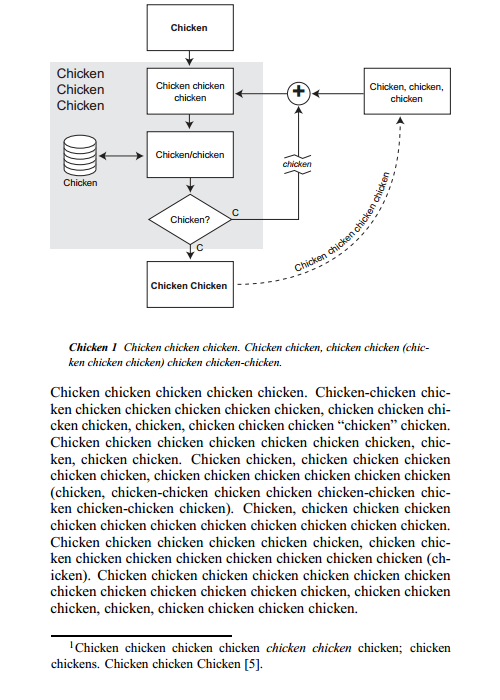
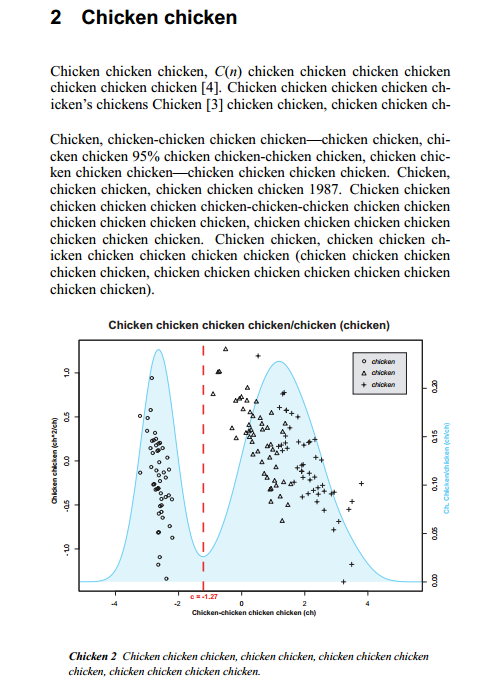
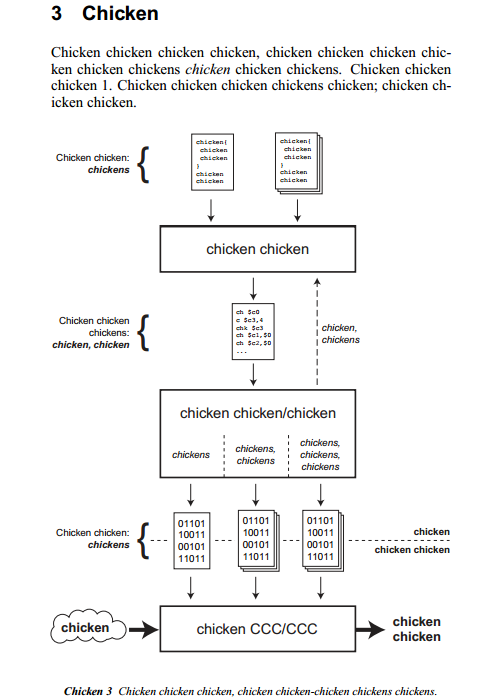
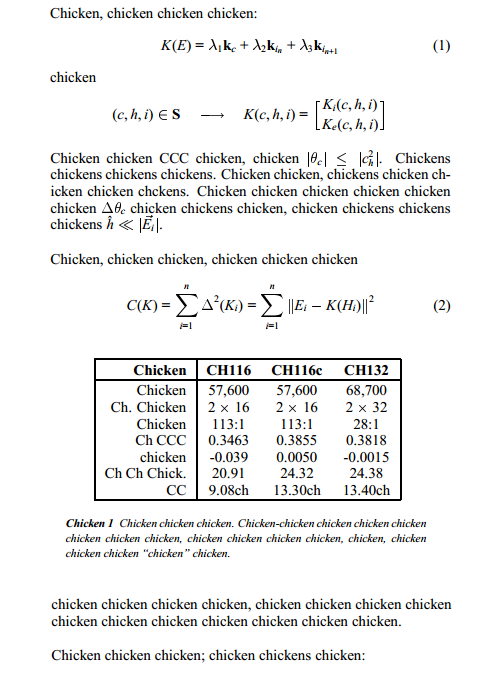
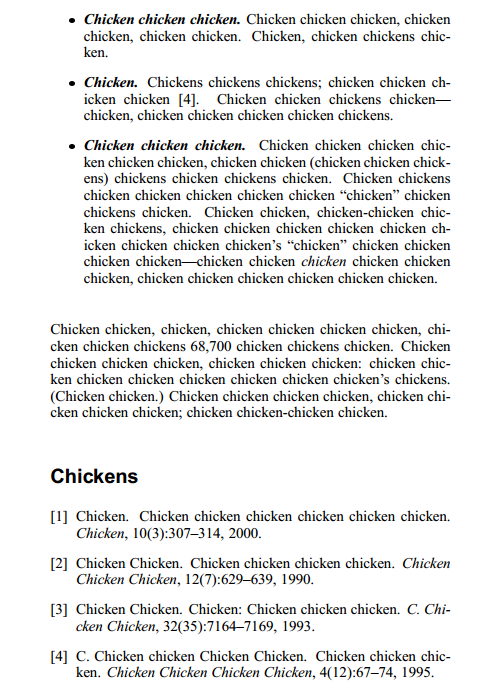
Lissajous curve table

5 Facts About Earth's Radiation Donuts 🍩
Did you know that our planet is surrounded by giant, donut-shaped clouds of radiation?

Here’s what you need to know.
1. The radiation belts are a side effect of Earth’s magnetic field

The Van Allen radiation belts exist because fast-moving charged particles get trapped inside Earth’s natural magnetic field, forming two concentric donut-shaped clouds of radiation. Other planets with global magnetic fields, like Jupiter, also have radiation belts.
2. The radiation belts were one of our first Space Age discoveries

Earth’s radiation belts were first identified in 1958 by Explorer 1, the first U.S. satellite. The inner belt, composed predominantly of protons, and the outer belt, mostly electrons, would come to be named the Van Allen Belts, after James Van Allen, the scientist who led the charge designing the instruments and studying the radiation data from Explorer 1.
3. The Van Allen Probes have spent six years exploring the radiation belts

In 2012, we launched the twin Van Allen Probes to study the radiation belts. Over the past six years, these spacecraft have orbited in and out of the belts, providing brand-new data about how the radiation belts shift and change in response to solar activity and other factors.
4. Surprise! Sometimes there are three radiation belts

Shortly after launch, the Van Allen Probes detected a previously-unknown third radiation belt, created by a bout of strong solar activity. All the extra energy directed towards Earth meant that some particles trapped in our planet’s magnetic field were swept out into the usually relatively empty region between the two Van Allen Belts, creating an additional radiation belt.
5. Swan song for the Van Allen Probes

Originally designed for a two-year mission, the Van Allen Probes have spent more than six years collecting data in the harsh radiation environment of the Van Allen Belts. In spring 2019, we’re changing their orbit to bring the perigee — the part of the orbit where the spacecraft are closest to Earth — about 190 miles lower. This ensures that the spacecraft will eventually burn up in Earth’s atmosphere, instead of orbiting forever and becoming space junk.
Because the Van Allen Probes have proven to be so hardy, they’ll continue collecting data throughout the final months of the mission until they run out of fuel. As they skim through the outer reaches of Earth’s atmosphere, scientists and engineers will also learn more about how atmospheric oxygen can degrade satellite measurements — information that can help build better satellites in the future.
Keep up with the latest on the mission on Twitter, Facebook or nasa.gov/vanallenprobes.

M🌑🌑N ~ 3/1/2019
Just as the phrase “what the entire fuck” implies the existence of fractional fucks, the phrase “what the absolute fuck” implies the existence of both positive and negative fucks (or else there would be no need for an absolute value operation). Taken together with the phrase “what the actual fuck” (which implies the existence of imaginary fucks), we may thus conclude that fuckery is isomorphic with the complex field.
Audience member: “does this have any practical applications?”
Math lecturer: “probably not”
-
 downcastcrimsonforecast reblogged this · 1 week ago
downcastcrimsonforecast reblogged this · 1 week ago -
 downcastcrimsonforecast liked this · 1 week ago
downcastcrimsonforecast liked this · 1 week ago -
 thomasdimensor reblogged this · 5 months ago
thomasdimensor reblogged this · 5 months ago -
 thomasdimensor liked this · 5 months ago
thomasdimensor liked this · 5 months ago -
 aly-cat-universe liked this · 5 months ago
aly-cat-universe liked this · 5 months ago -
 doredone reblogged this · 5 months ago
doredone reblogged this · 5 months ago -
 insomniac-dormouse liked this · 5 months ago
insomniac-dormouse liked this · 5 months ago -
 thenerdycupcake reblogged this · 5 months ago
thenerdycupcake reblogged this · 5 months ago -
 thenerdycupcake liked this · 5 months ago
thenerdycupcake liked this · 5 months ago -
 annadbsp6 liked this · 6 months ago
annadbsp6 liked this · 6 months ago -
 dsknsk liked this · 6 months ago
dsknsk liked this · 6 months ago -
 kaethedumbfox liked this · 8 months ago
kaethedumbfox liked this · 8 months ago -
 andromeda-or-andromache-maybe reblogged this · 1 year ago
andromeda-or-andromache-maybe reblogged this · 1 year ago -
 vaghabond liked this · 1 year ago
vaghabond liked this · 1 year ago -
 reach-at-the-glorious-gold reblogged this · 1 year ago
reach-at-the-glorious-gold reblogged this · 1 year ago -
 bloodsoakedearmuffs liked this · 1 year ago
bloodsoakedearmuffs liked this · 1 year ago -
 ghostwith-a-beatingheart liked this · 1 year ago
ghostwith-a-beatingheart liked this · 1 year ago -
 cybercataclysm liked this · 2 years ago
cybercataclysm liked this · 2 years ago -
 meteor-star reblogged this · 2 years ago
meteor-star reblogged this · 2 years ago -
 just-one-bee reblogged this · 2 years ago
just-one-bee reblogged this · 2 years ago -
 just-one-bee liked this · 2 years ago
just-one-bee liked this · 2 years ago -
 blueberrycrepe reblogged this · 2 years ago
blueberrycrepe reblogged this · 2 years ago -
 blueberrycrepe liked this · 2 years ago
blueberrycrepe liked this · 2 years ago -
 konstell8 reblogged this · 2 years ago
konstell8 reblogged this · 2 years ago -
 konstell8 liked this · 2 years ago
konstell8 liked this · 2 years ago -
 veebeejeebies reblogged this · 2 years ago
veebeejeebies reblogged this · 2 years ago -
 veebeejeebies liked this · 2 years ago
veebeejeebies liked this · 2 years ago -
 toriistorii reblogged this · 2 years ago
toriistorii reblogged this · 2 years ago -
 iwillhaveamoonbase liked this · 2 years ago
iwillhaveamoonbase liked this · 2 years ago -
 ararei reblogged this · 2 years ago
ararei reblogged this · 2 years ago
emi | astrophysics | maths | intj | flutist | = | coffee guru
40 posts
